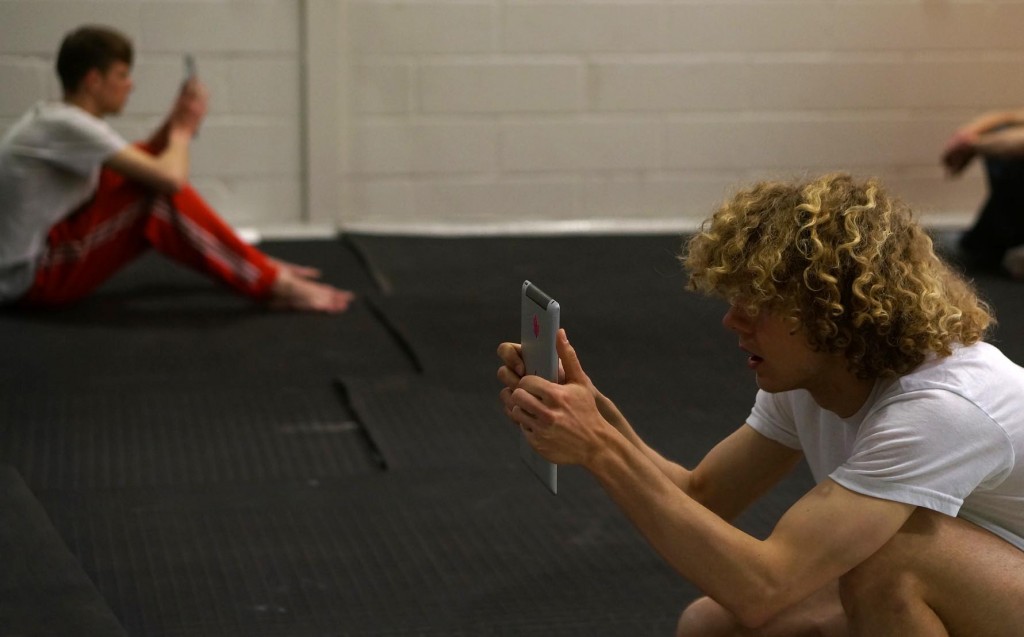PUSHING THE CONSTRAINTS OF AUGMENTED REALITY
Augmented Reality (AR) browsers are important mobile media platforms for opening archives and making them move throughout the city. They are increasingly being used by tourist- and cultural heritage organizations. The Living Archives team working with augmented reality is unique for integrating perspectives and skills from artistic research, software engineering, dance, social science, philosophy, literature, and interaction design.
This project pushes the embodied, technological, and affective constraints and potentials of current AR technologies. We focus on two free browsers, Aurasma and Argon, testing their flexibility in terms of content manipulation, affective qualities, and audience reception.
The research is guided by the broad and deliberately ambiguous phenomenon of the ‘performance of memory’, rather than a media-specific delivery of archival material. Once we have modified existing AR browsers, or developed new browsers, we will open these mobile platforms to a broader range of archival material, both public and private. As with the overall philosophy of the Living Archives project, we begin with principles, politics, and aesthetics prior to instrumental delivery or development.
Our AR research builds strongly on the artistic research of the AffeXity project initiated by Susan Kozel and Jeannette Ginslov.
The performance strand of Living Archives also collaborates successfully with the Nordic and Baltic network in Dance and Media Art. Living Archives hosted a workshop under the title Performing Archives in spring 2014. Find more material on the Performing Archives blog: performingarchives.tumblr.com, and also explore the Performing Affect tag on this website.
Researchers: Susan Kozel, Daniel Spikol, Jacek Smolicki, and Jeannette Ginslov (guest researcher through AffeXity).




